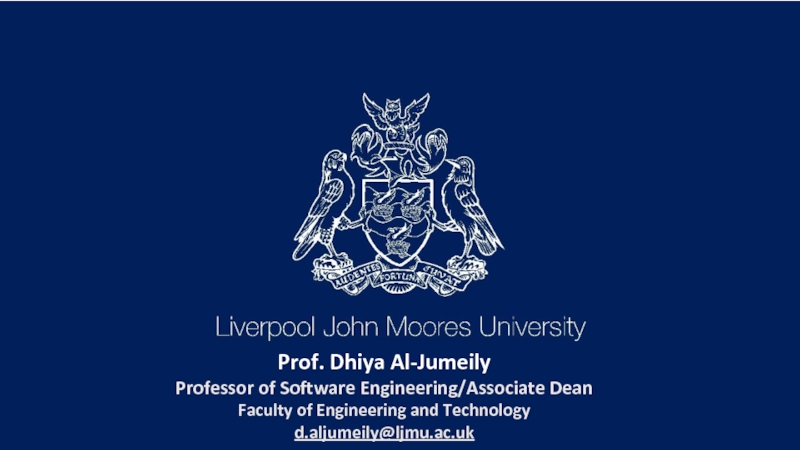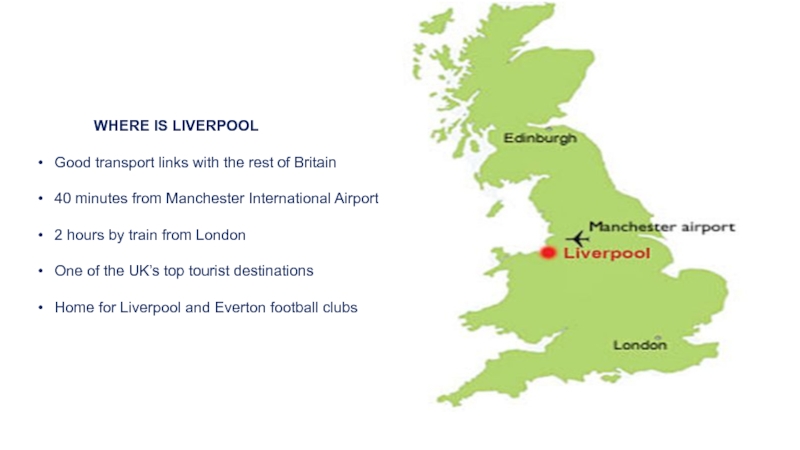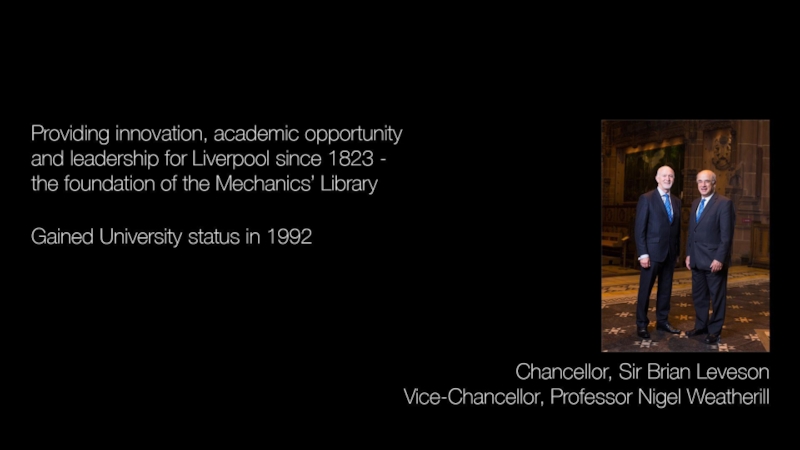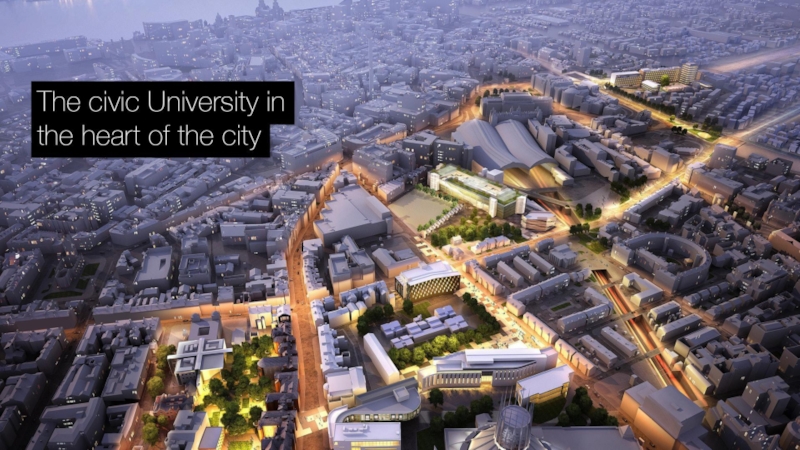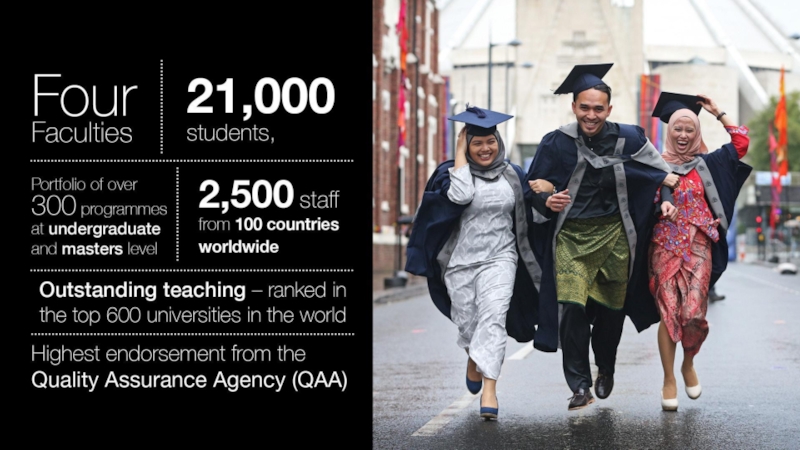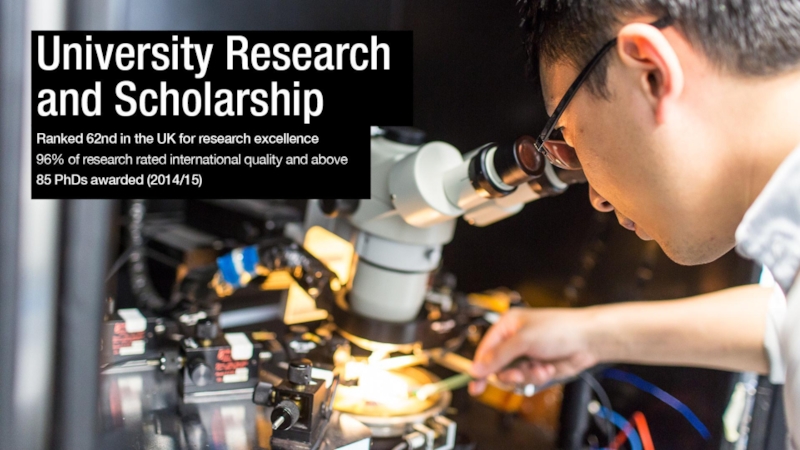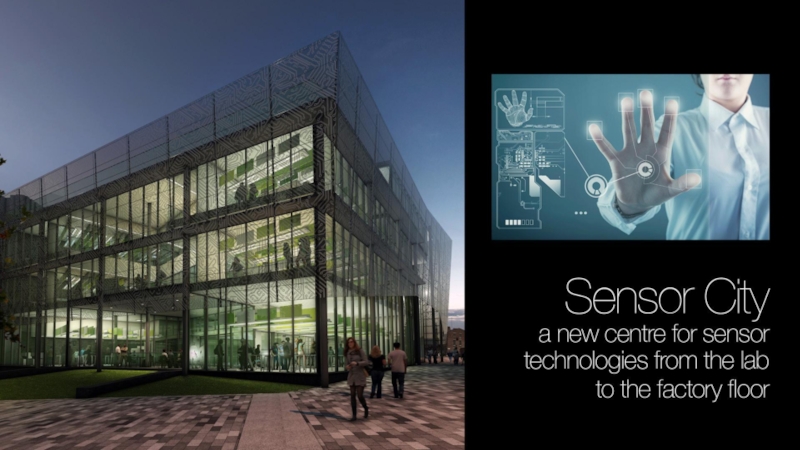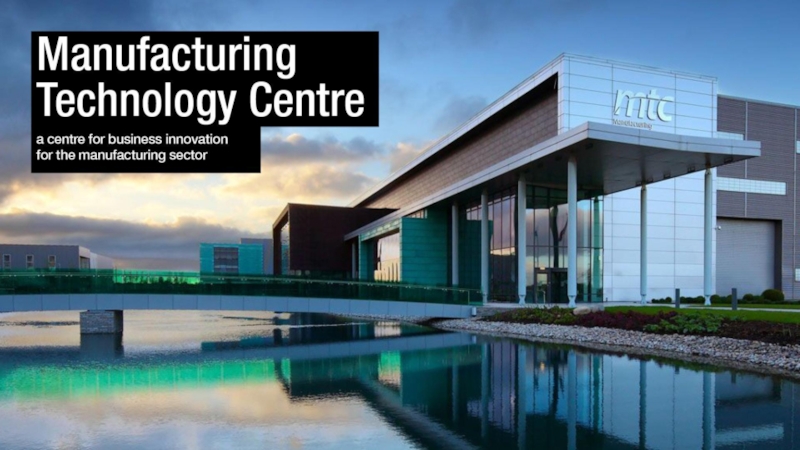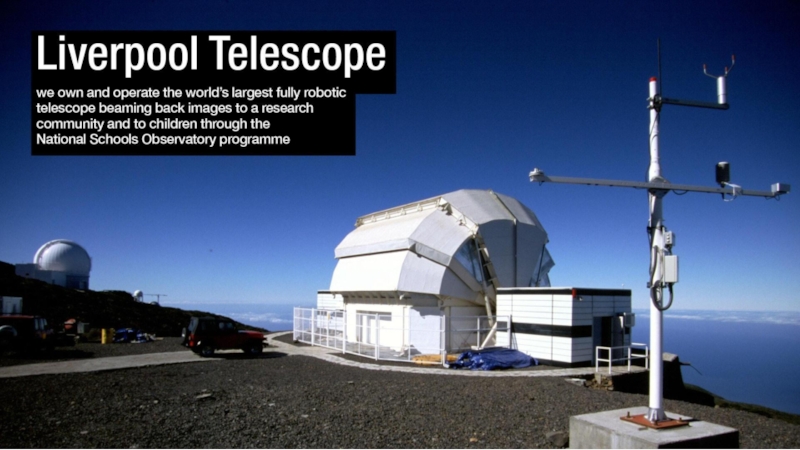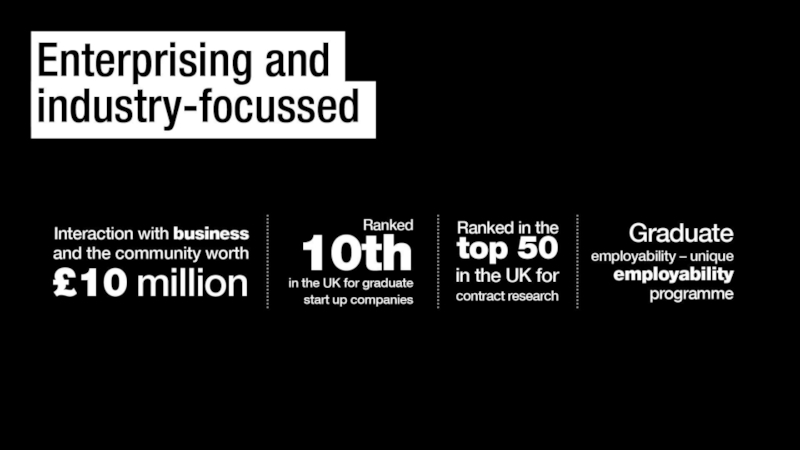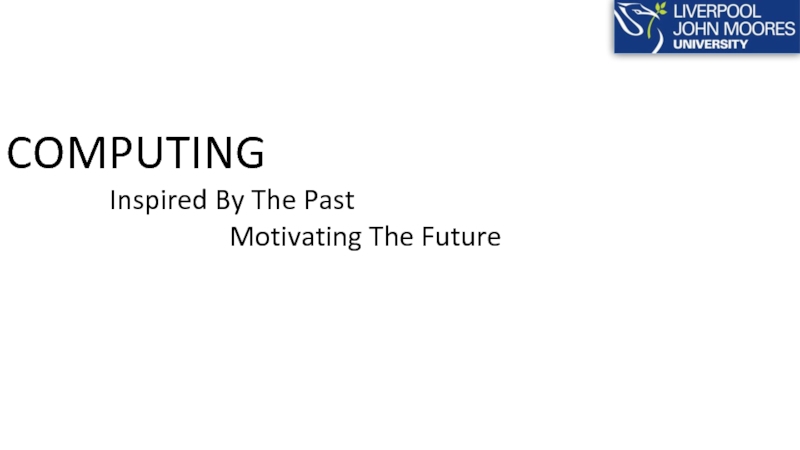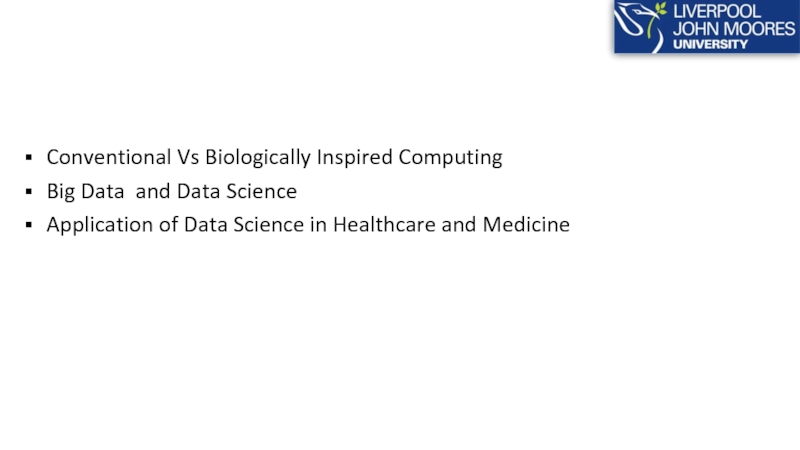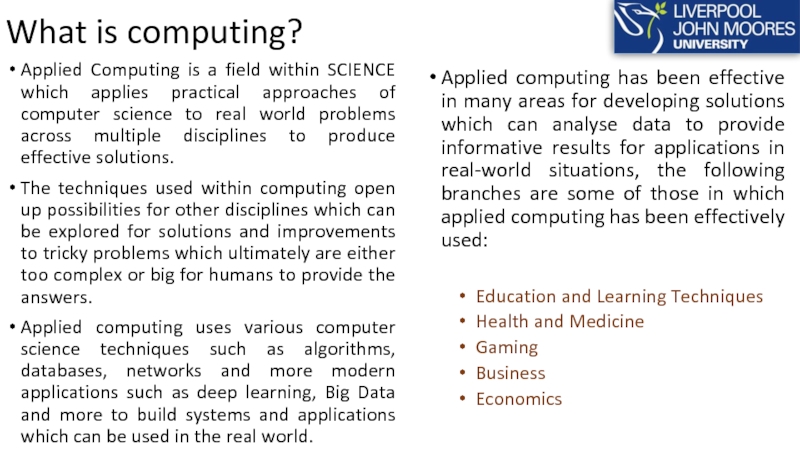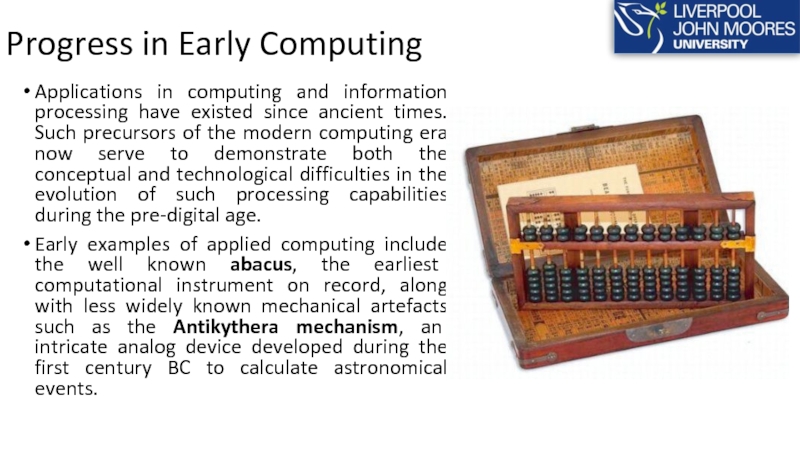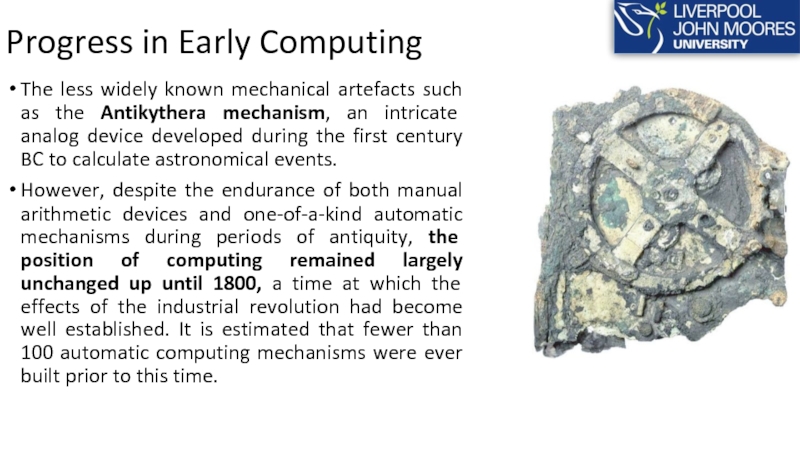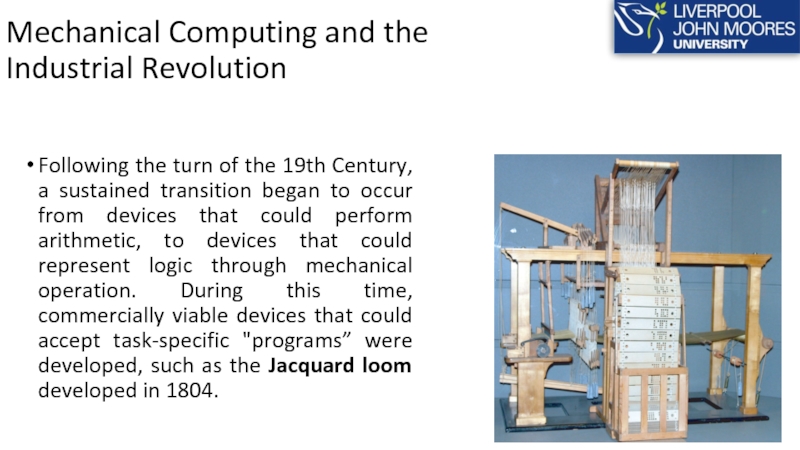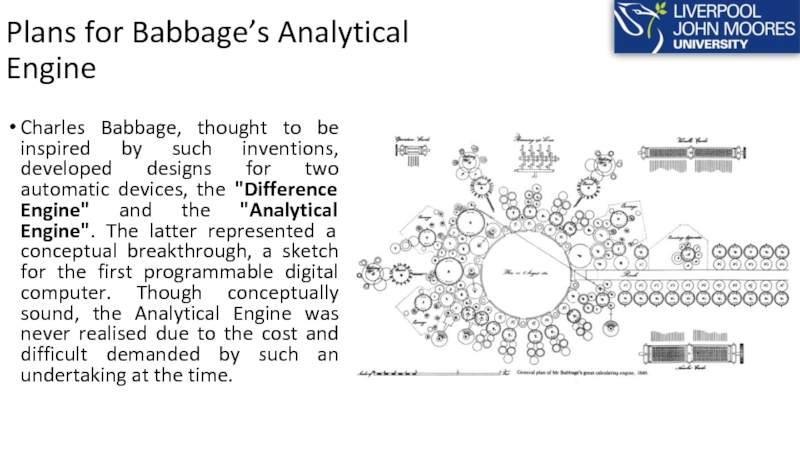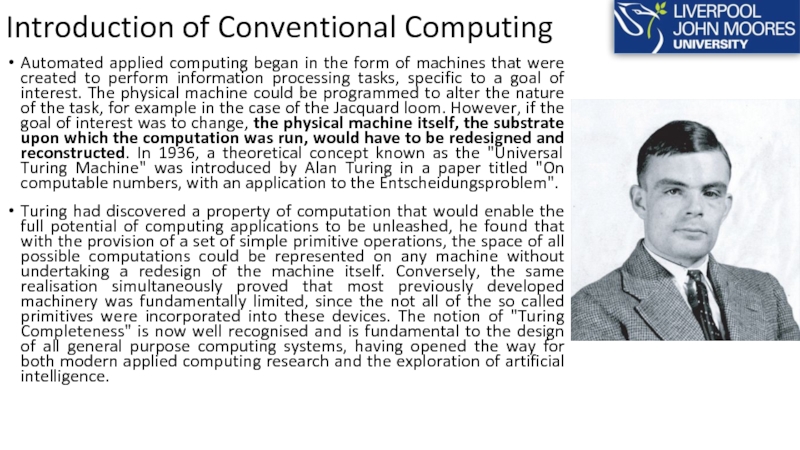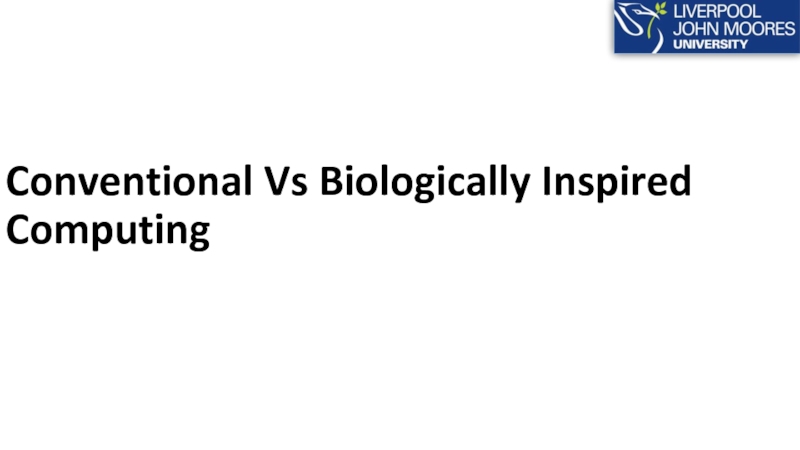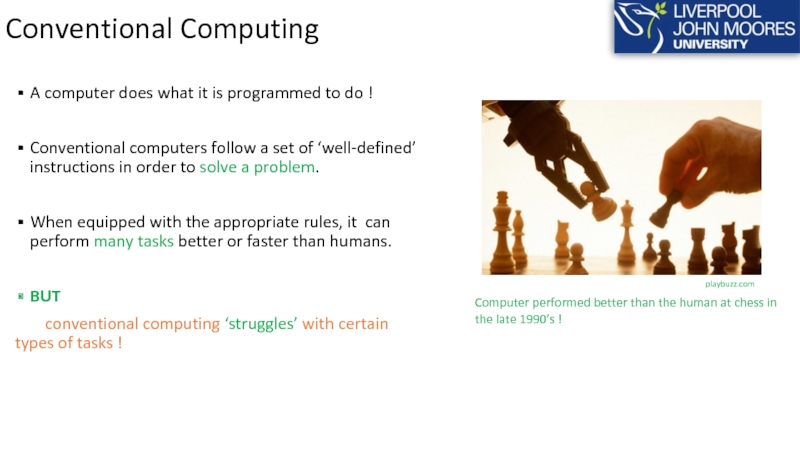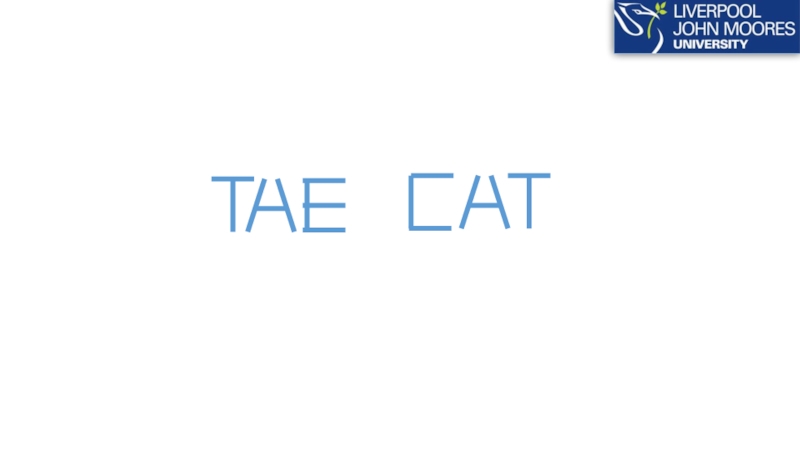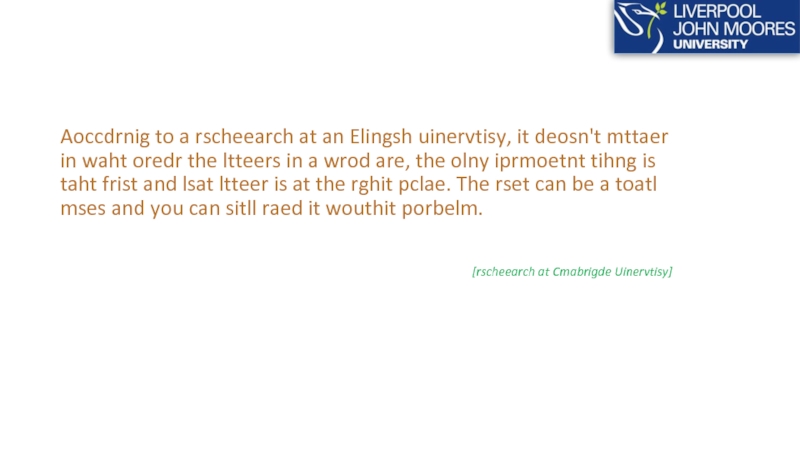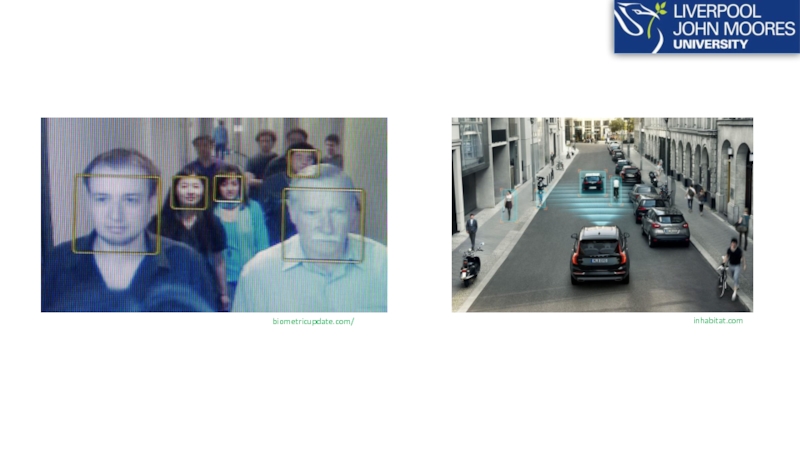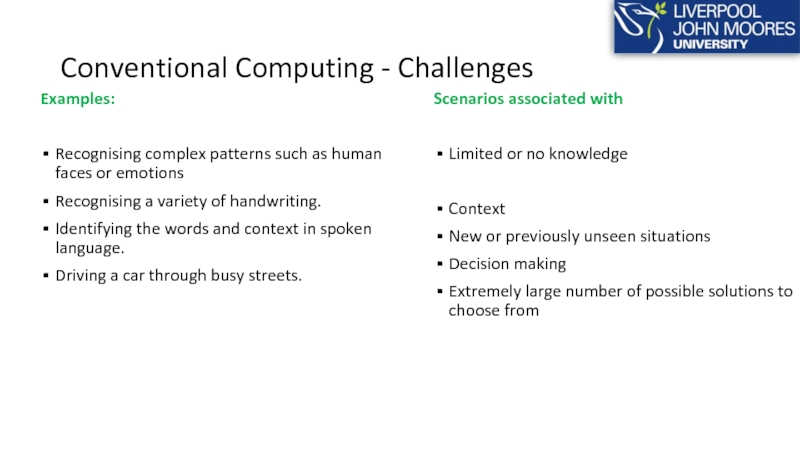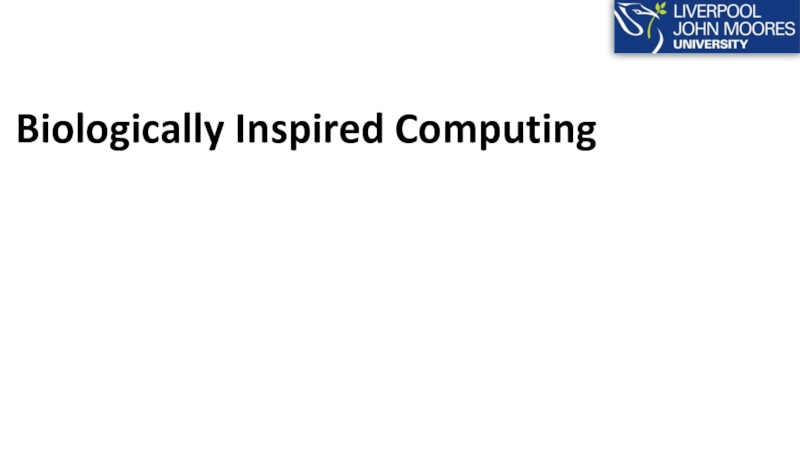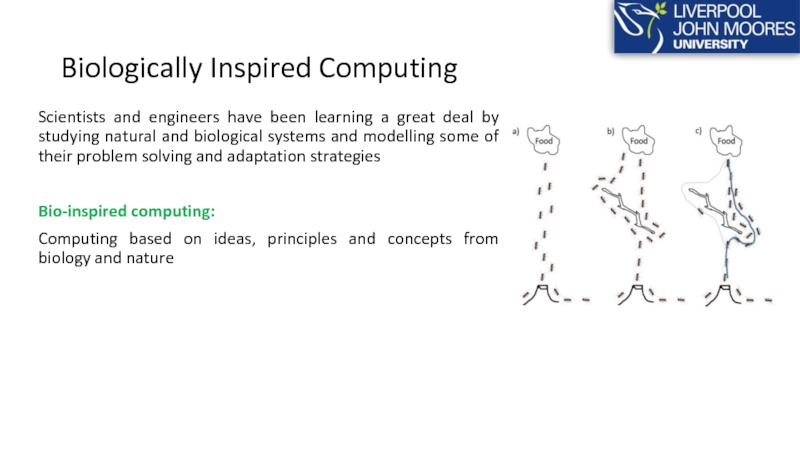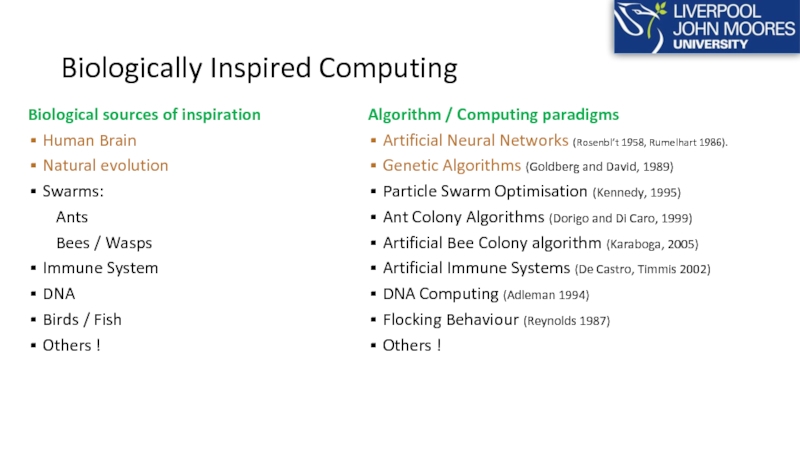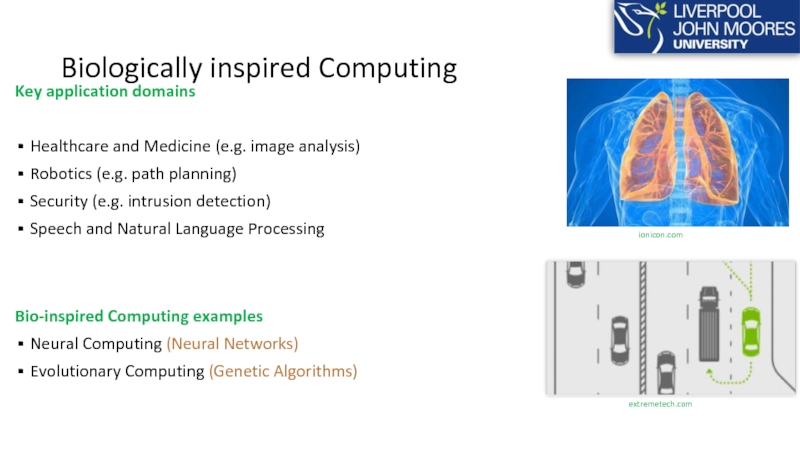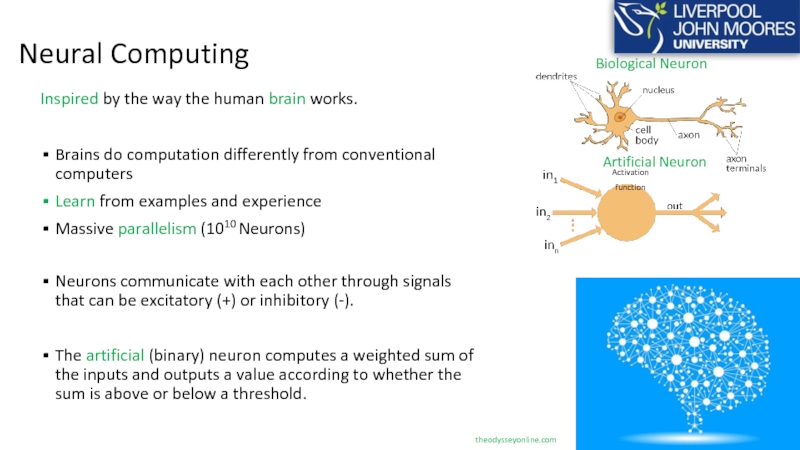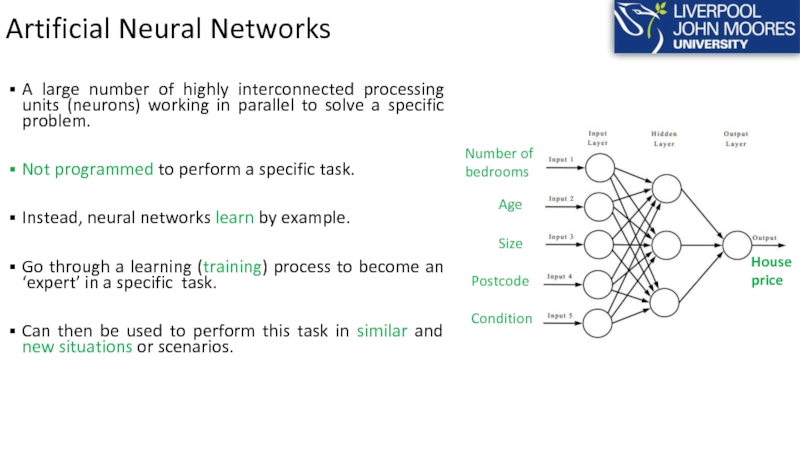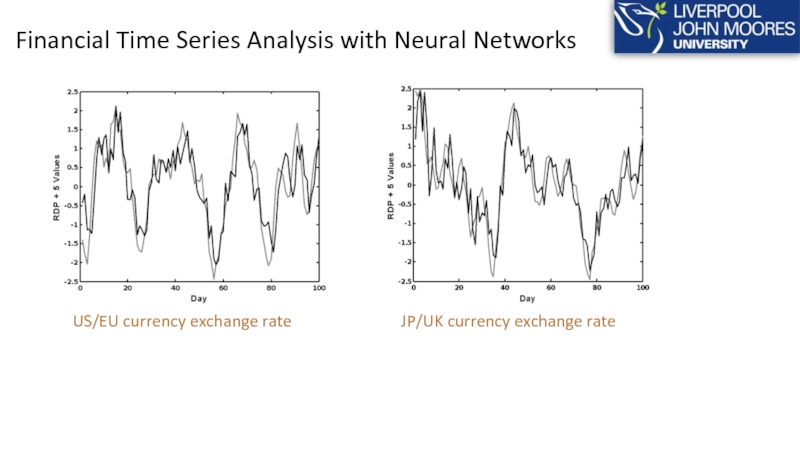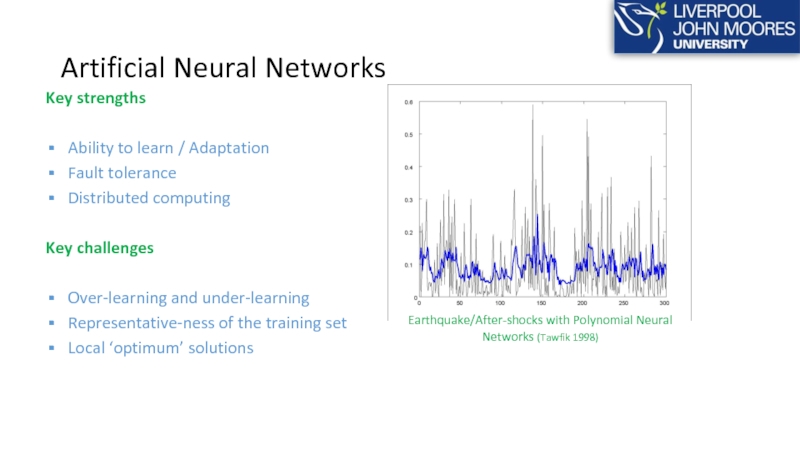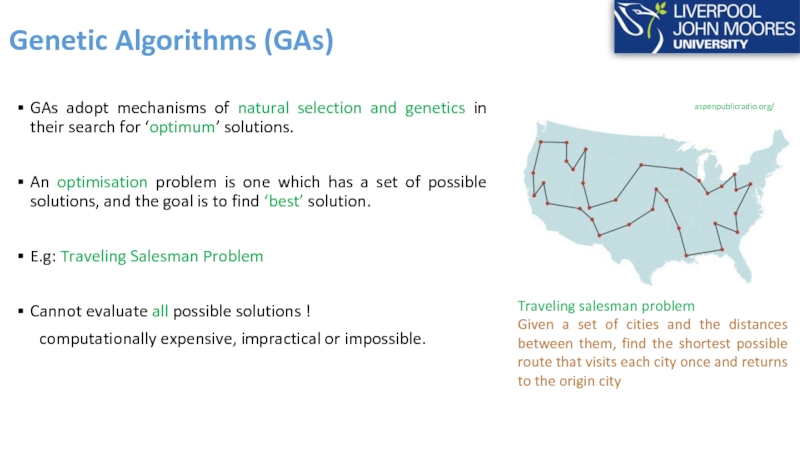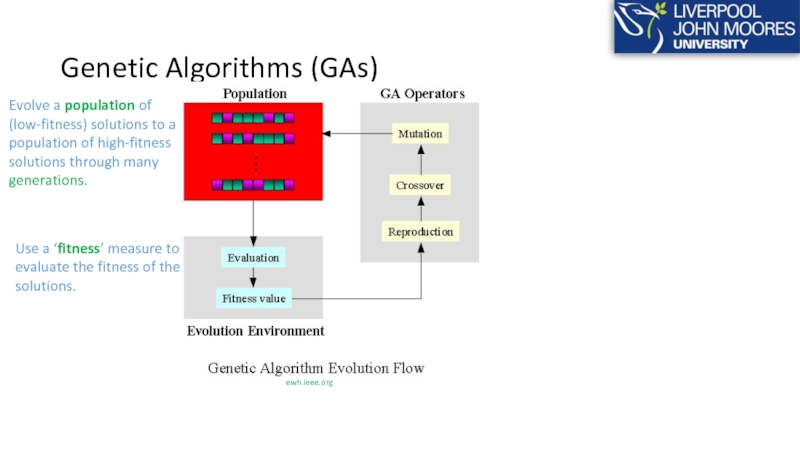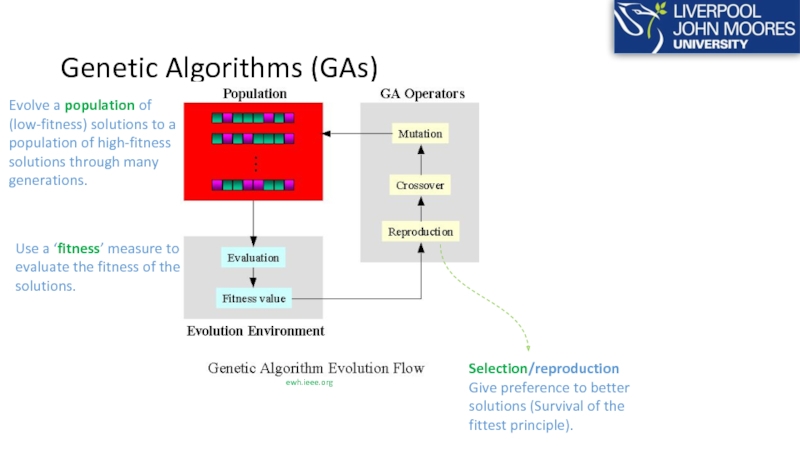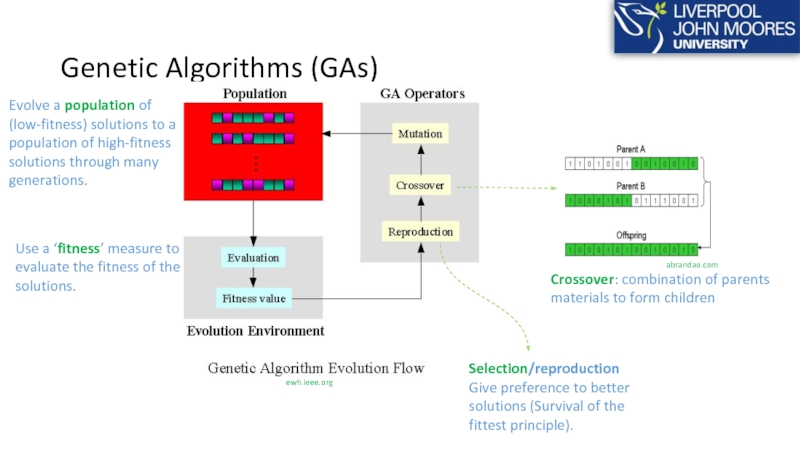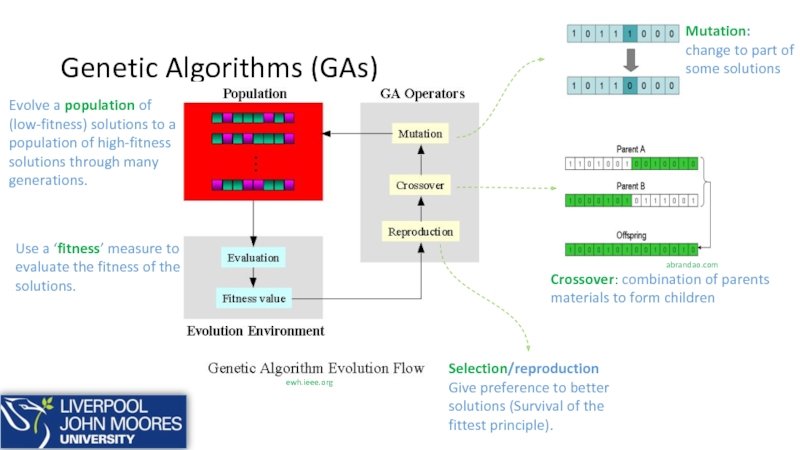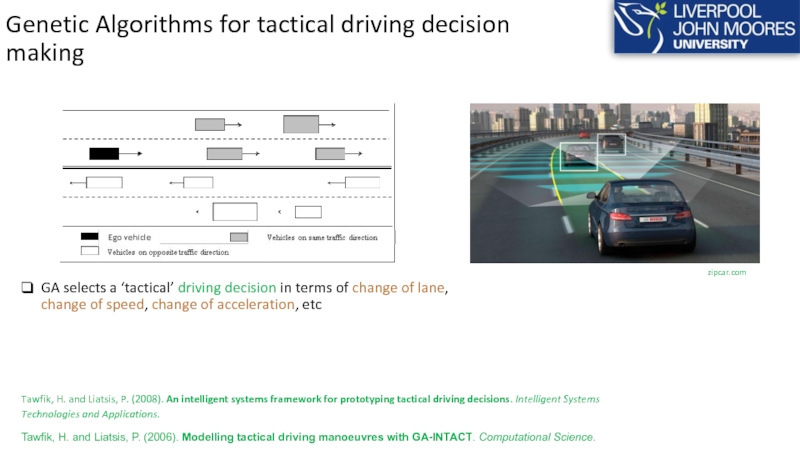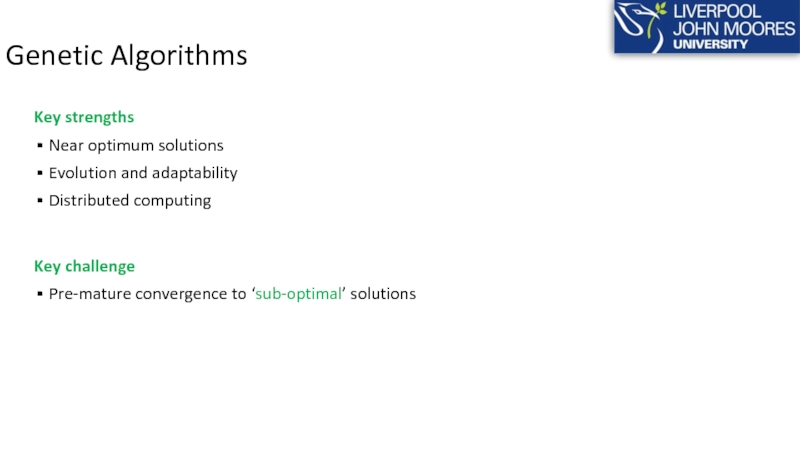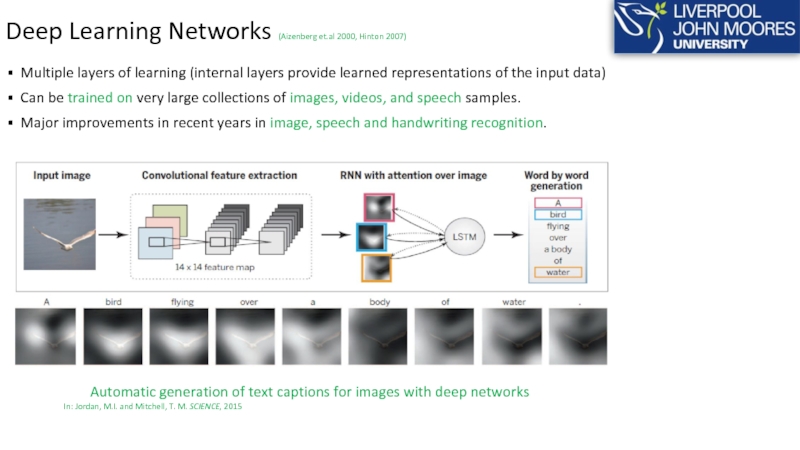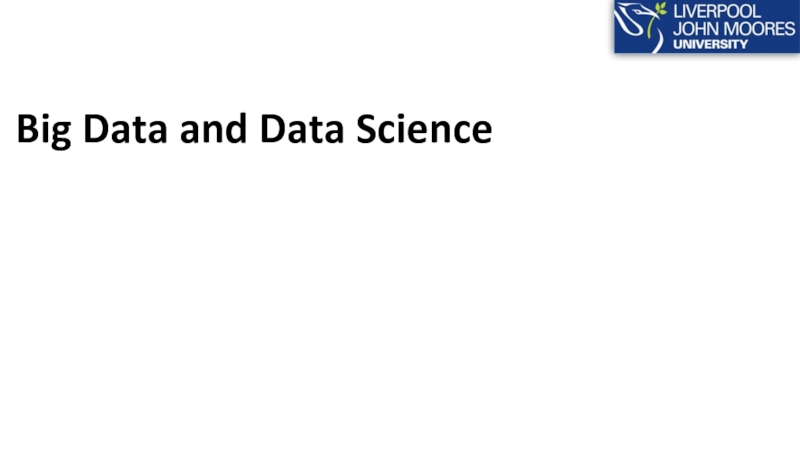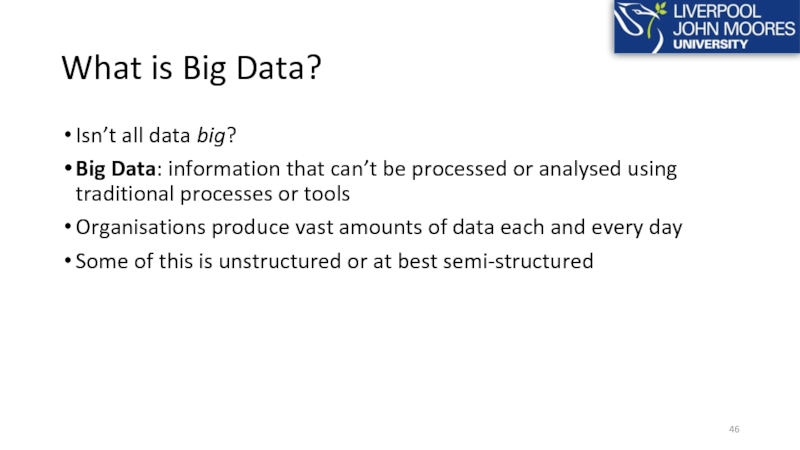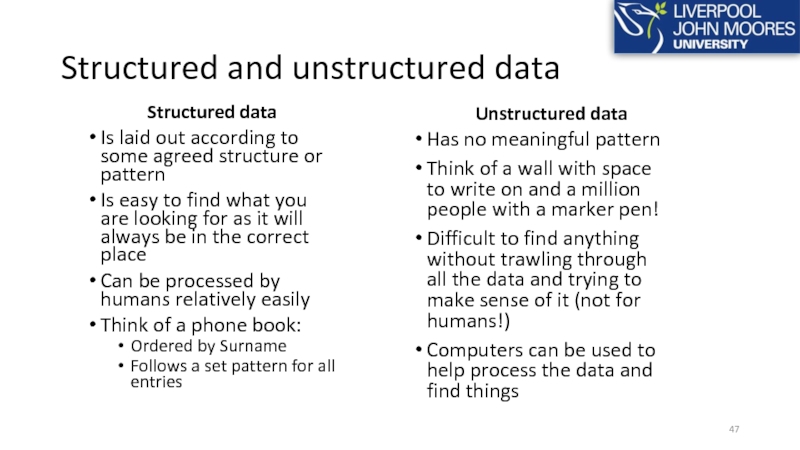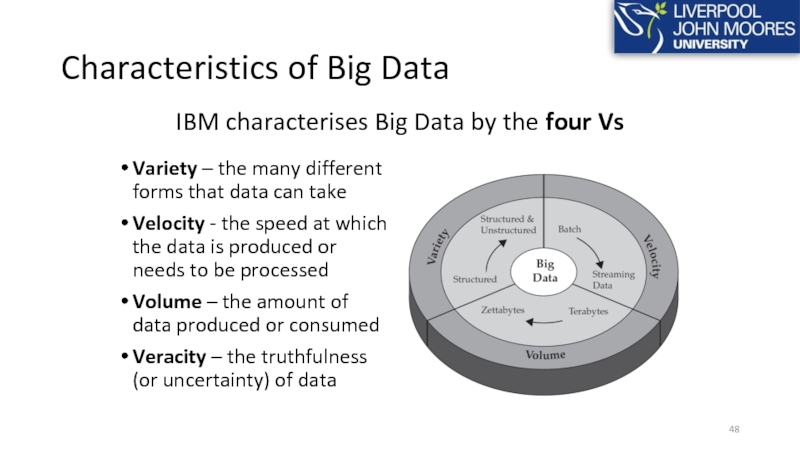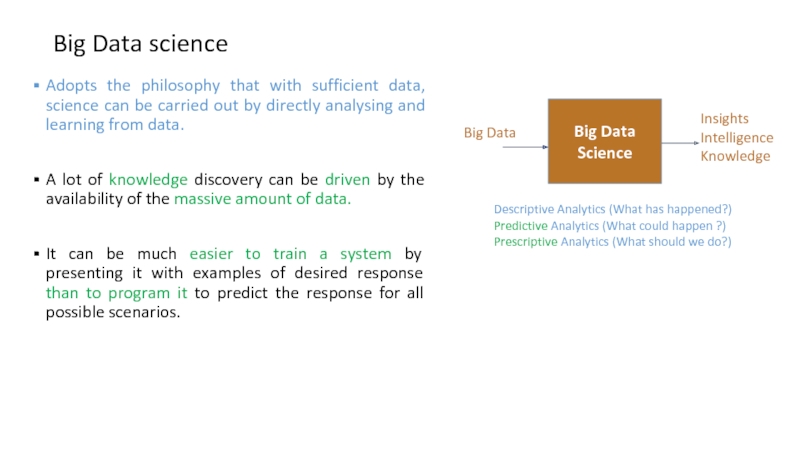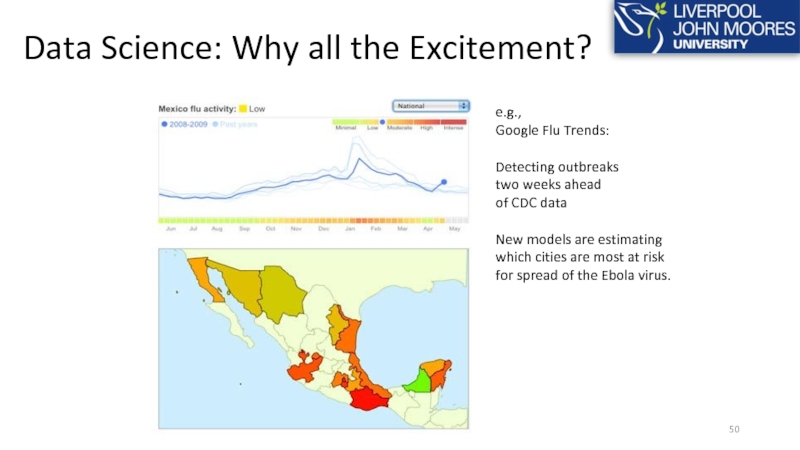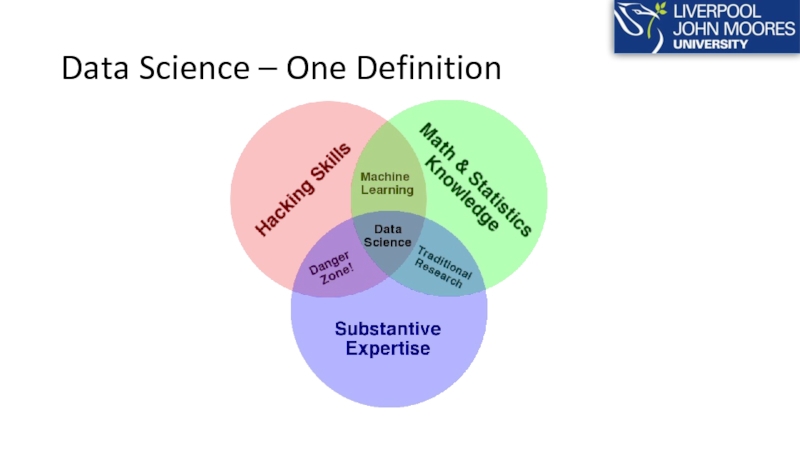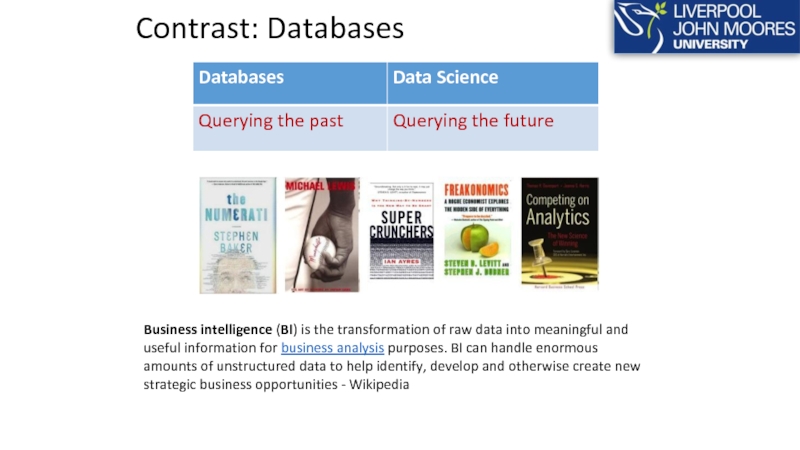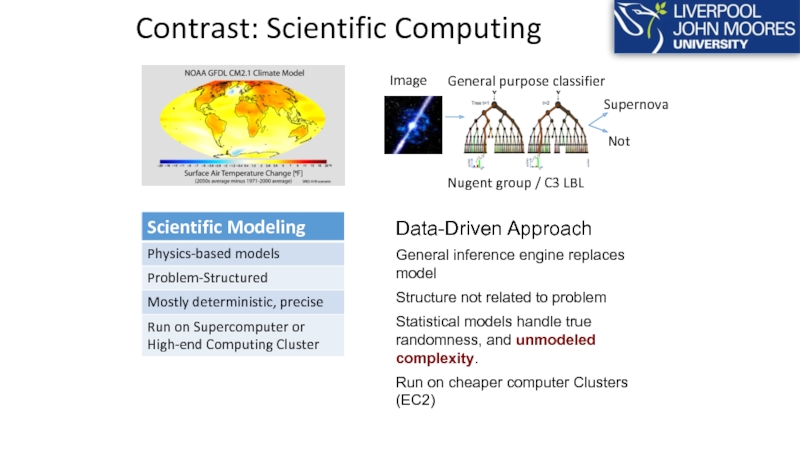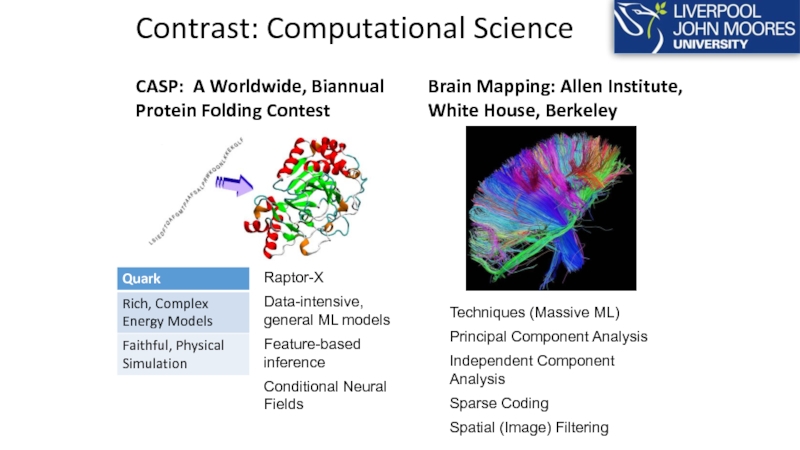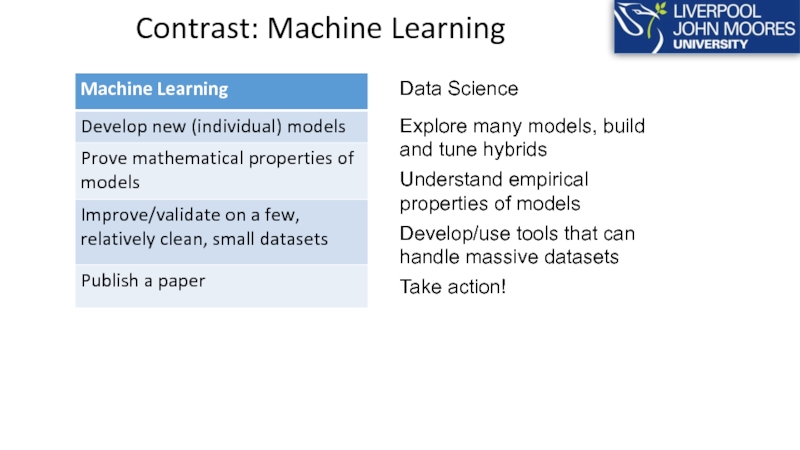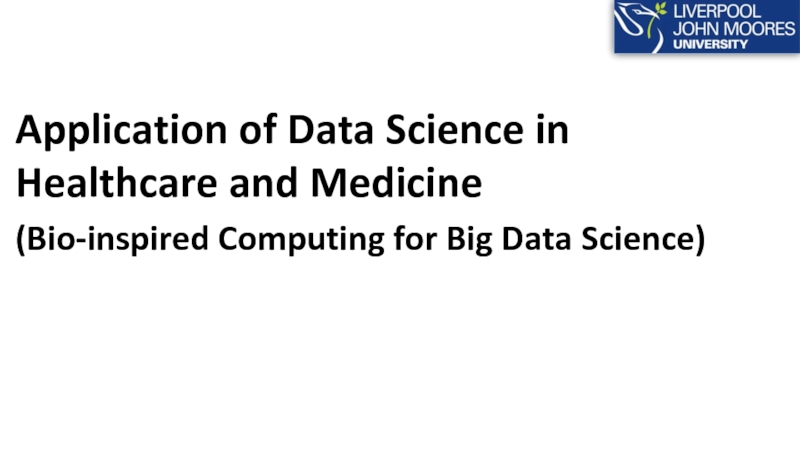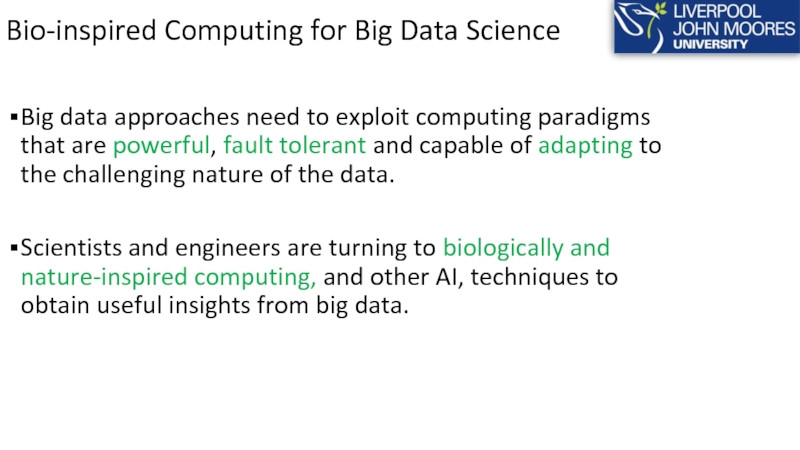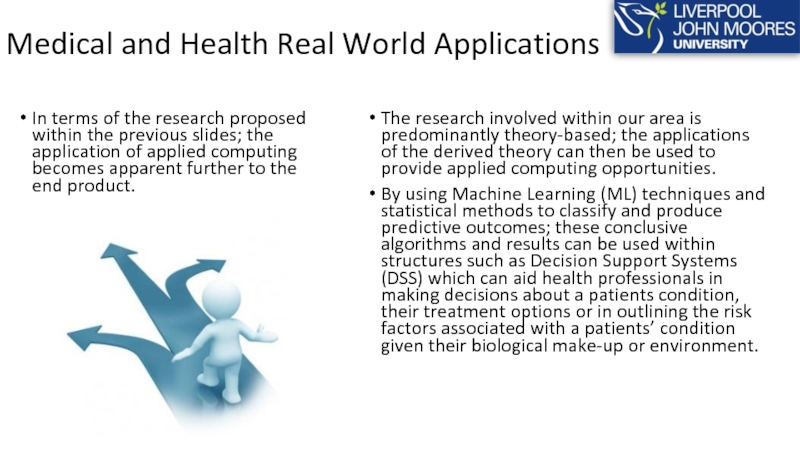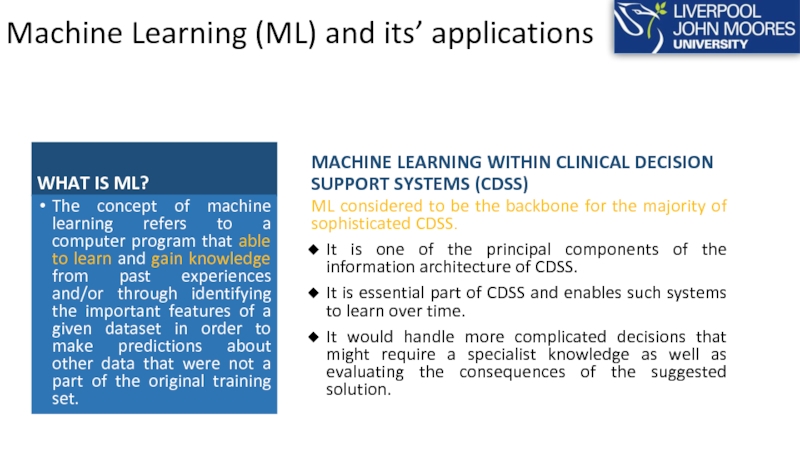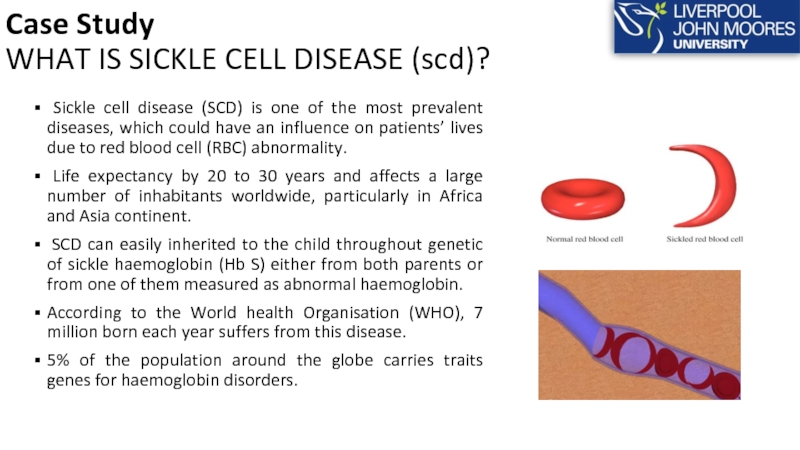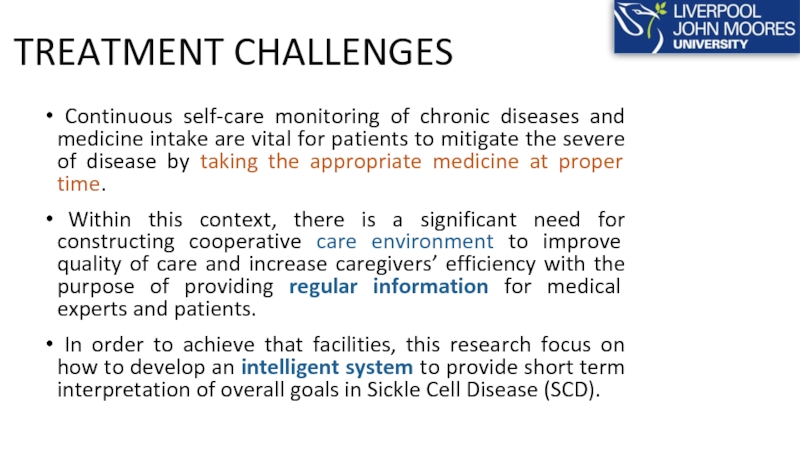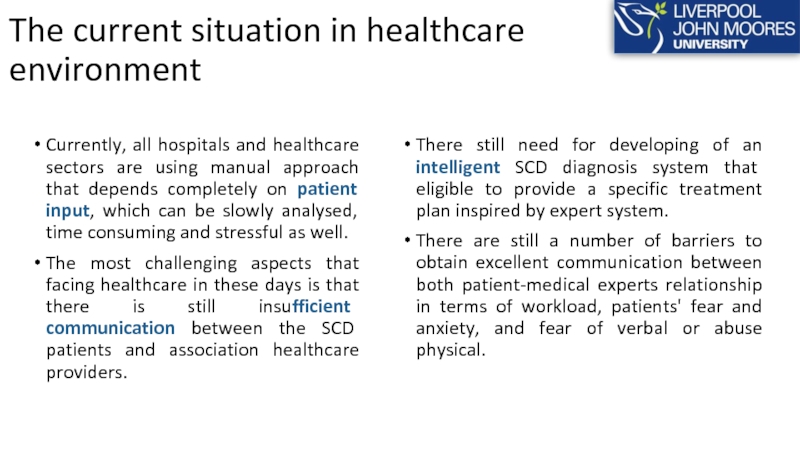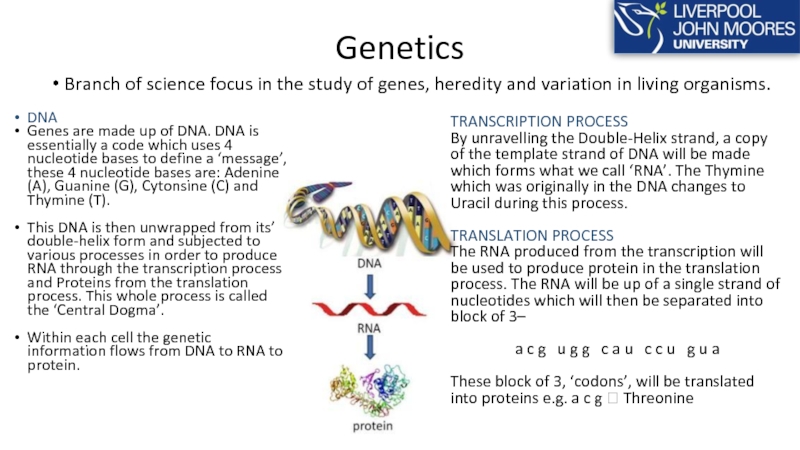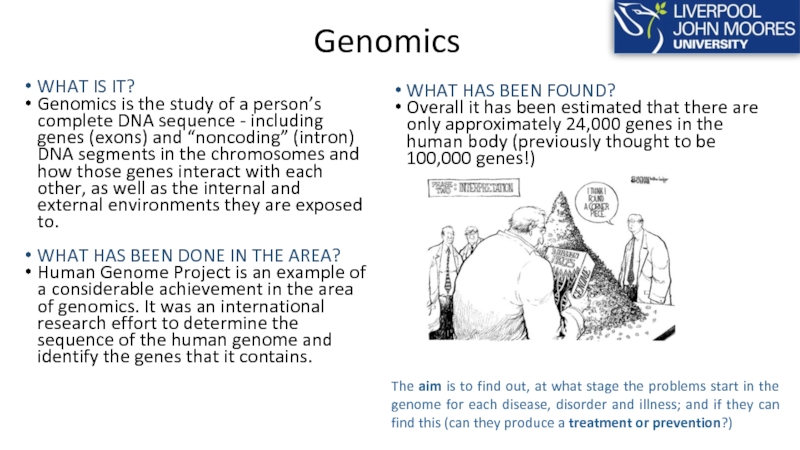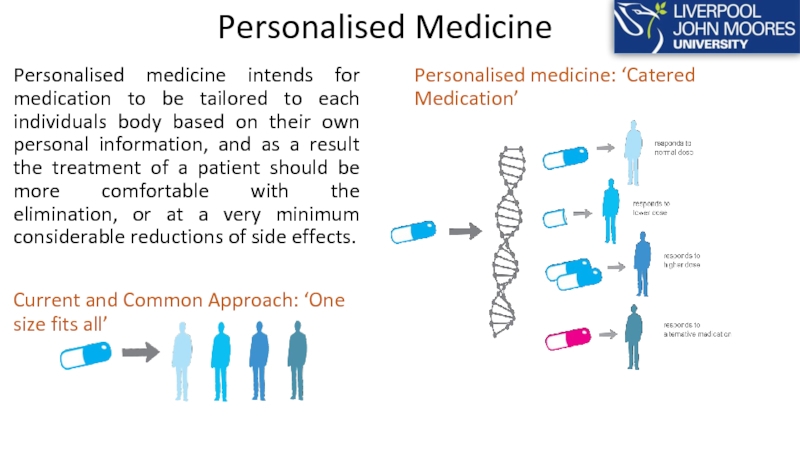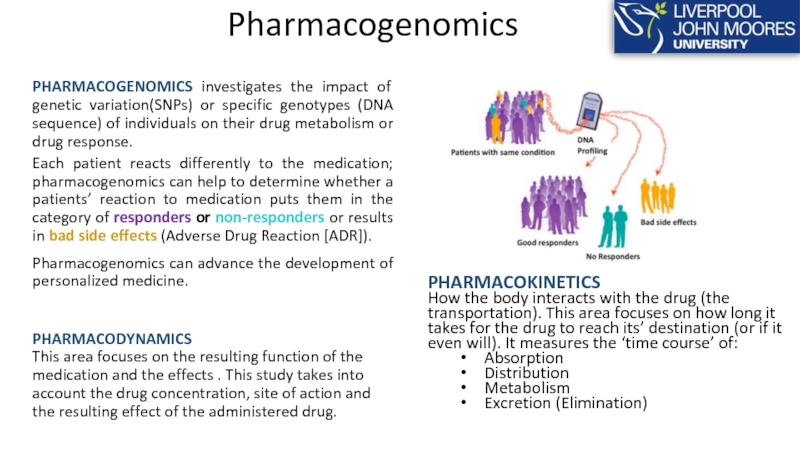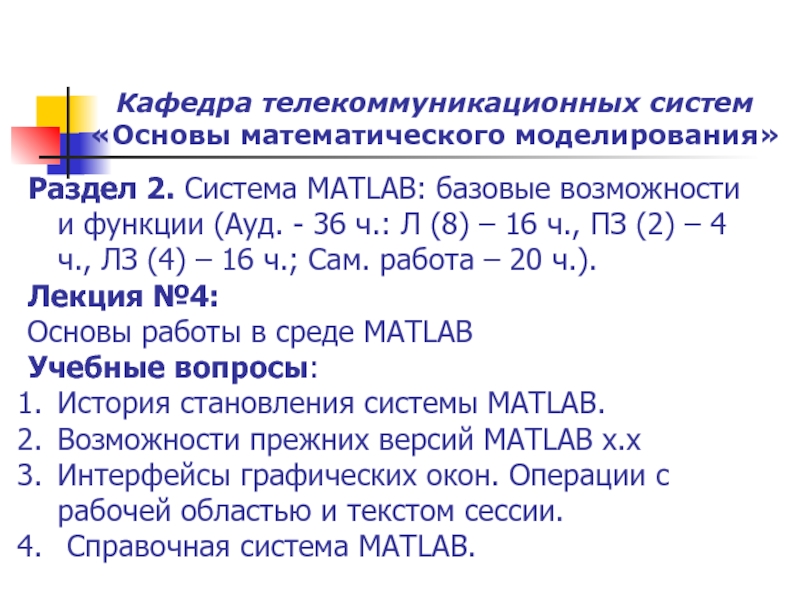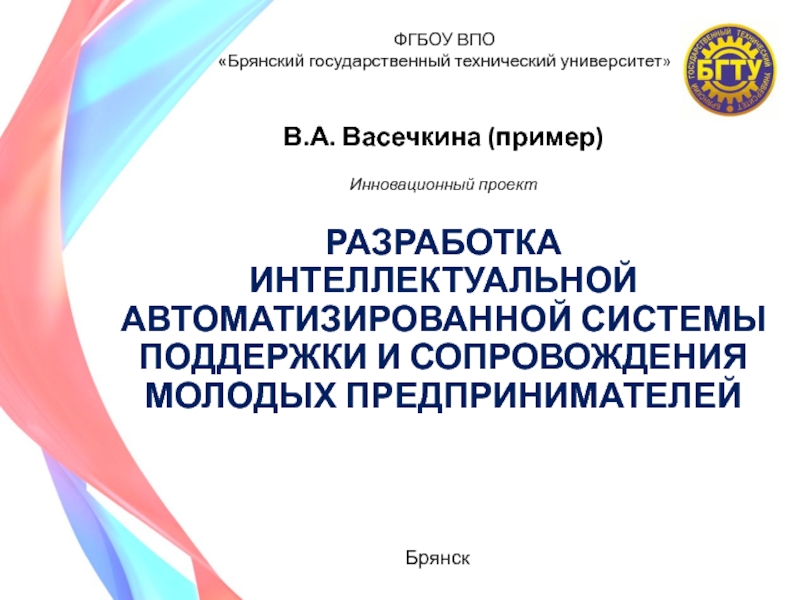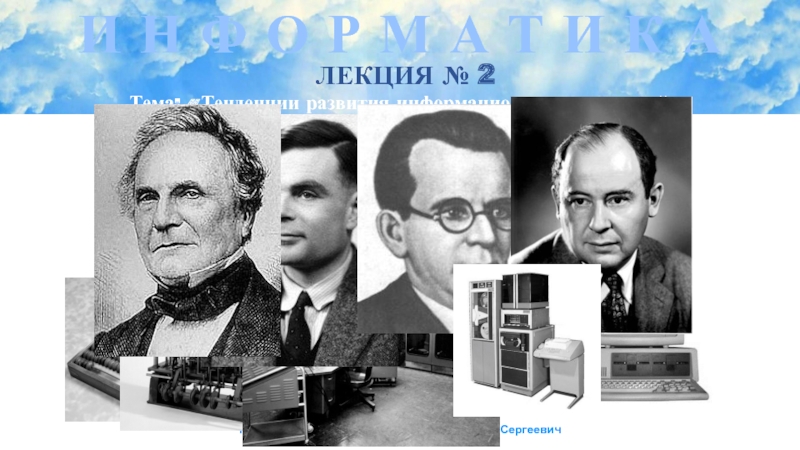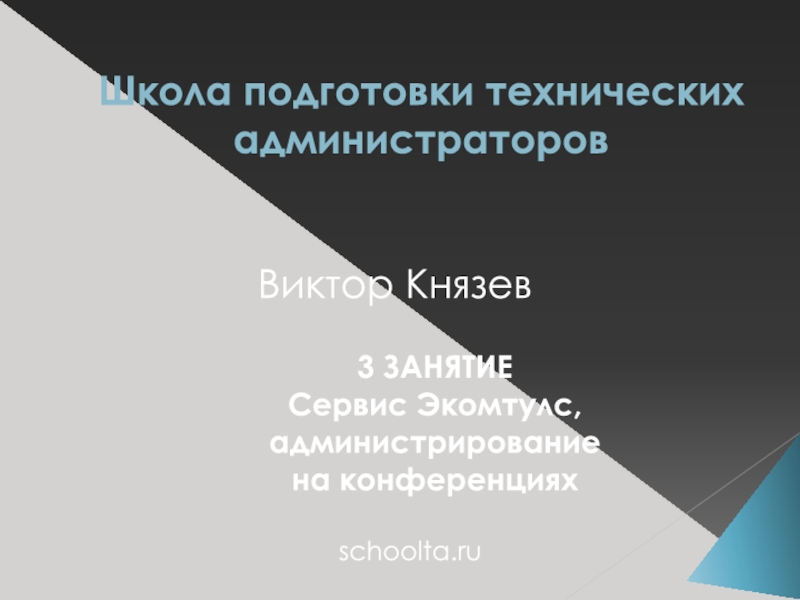- Главная
- Разное
- Дизайн
- Бизнес и предпринимательство
- Аналитика
- Образование
- Развлечения
- Красота и здоровье
- Финансы
- Государство
- Путешествия
- Спорт
- Недвижимость
- Армия
- Графика
- Культурология
- Еда и кулинария
- Лингвистика
- Английский язык
- Астрономия
- Алгебра
- Биология
- География
- Детские презентации
- Информатика
- История
- Литература
- Маркетинг
- Математика
- Медицина
- Менеджмент
- Музыка
- МХК
- Немецкий язык
- ОБЖ
- Обществознание
- Окружающий мир
- Педагогика
- Русский язык
- Технология
- Физика
- Философия
- Химия
- Шаблоны, картинки для презентаций
- Экология
- Экономика
- Юриспруденция
Applied Computing is a field within SCIENCE which applies practical approaches of computer science to real world problems презентация
Содержание
- 1. Applied Computing is a field within SCIENCE which applies practical approaches of computer science to real world problems
- 4. Liverpool is officially the UK’s friendliest City
- 5. Liverpool is the perfect 24-hour student city
- 14. COMPUTING Inspired By The Past Motivating The Future
- 15. Conventional Vs Biologically Inspired Computing
- 16. What is computing? Applied Computing is a
- 17. Progress in Early Computing Applications in computing
- 18. Progress in Early Computing The less widely
- 19. Mechanical Computing and the Industrial Revolution Following
- 20. Plans for Babbage’s Analytical Engine Charles Babbage,
- 21. Introduction of Conventional Computing Automated applied computing
- 22. Conventional Vs Biologically Inspired Computing
- 23. Conventional Computing A computer does what
- 26. Aoccdrnig to a rscheearch at an Elingsh
- 27. biometricupdate.com/ inhabitat.com
- 28. Conventional Computing - Challenges Scenarios associated with
- 29. Biologically Inspired Computing
- 30. Biologically Inspired Computing Scientists and engineers
- 31. Biologically Inspired Computing Biological sources of
- 32. Biologically inspired Computing Key application domains
- 33. Neural Computing Inspired by the way the
- 34. Artificial Neural Networks A large number
- 35. Financial Time Series Analysis with Neural Networks
- 36. Artificial Neural Networks Key strengths
- 37. GAs adopt mechanisms of natural selection
- 38. Genetic Algorithms (GAs) ewh.ieee.org Evolve a population
- 39. Genetic Algorithms (GAs) ewh.ieee.org Evolve a population
- 40. Genetic Algorithms (GAs) ewh.ieee.org Evolve a population
- 41. Genetic Algorithms (GAs) ewh.ieee.org Evolve a population
- 42. Genetic Algorithms for tactical driving decision making
- 43. Genetic Algorithms Key strengths Near optimum solutions
- 44. Deep Learning Networks (Aizenberg et.al 2000, Hinton
- 45. Big Data and Data Science
- 46. What is Big Data? Isn’t all data
- 47. Structured and unstructured data Structured data Is
- 48. Characteristics of Big Data Variety – the
- 49. Big Data science Adopts the philosophy
- 50. Data Science: Why all the Excitement? e.g.,
- 51. Data Science – One Definition
- 52. Contrast: Databases ACID = Atomicity, Consistency, Isolation and Durability CAP = Consistency, Availability, Partition Tolerance
- 53. Contrast: Databases Business intelligence (BI) is the
- 54. Contrast: Scientific Computing Supernova Not Image General purpose classifier Nugent group / C3 LBL
- 55. Contrast: Computational Science CASP: A Worldwide, Biannual
- 56. Contrast: Machine Learning
- 57. Application of Data Science in Healthcare and
- 58. Bio-inspired Computing for Big Data Science
- 59. Medical and Health Real World Applications In
- 60. Machine Learning (ML) and its’ applications
- 61. Case Study WHAT IS SICKLE CELL DISEASE
- 62. Continuous self-care monitoring of chronic diseases
- 63. The current situation in healthcare environment Currently,
- 64. Genetics Branch of science focus in the
- 65. Genomics WHAT IS IT? Genomics is the
- 66. Bioinformatics: Data Types Bioinformatics is the application
- 67. Personalised Medicine Personalised medicine intends for medication
- 68. Pharmacogenomics PHARMACOGENOMICS investigates the impact of genetic
- 69. Conclusion Biologically inspired computing systems
Слайд 1Prof. Dhiya Al-Jumeily
Professor of Software Engineering/Associate Dean
Faculty of Engineering and
d.aljumeily@ljmu.ac.uk
Слайд 3
Good transport links with the rest of Britain
40 minutes from Manchester International Airport
2 hours by train from London
One of the UK’s top tourist destinations
Home for Liverpool and Everton football clubs
Слайд 15
Conventional Vs Biologically Inspired Computing
Big Data and Data Science
Application
Слайд 16What is computing?
Applied Computing is a field within SCIENCE which applies
The techniques used within computing open up possibilities for other disciplines which can be explored for solutions and improvements to tricky problems which ultimately are either too complex or big for humans to provide the answers.
Applied computing uses various computer science techniques such as algorithms, databases, networks and more modern applications such as deep learning, Big Data and more to build systems and applications which can be used in the real world.
Applied computing has been effective in many areas for developing solutions which can analyse data to provide informative results for applications in real-world situations, the following branches are some of those in which applied computing has been effectively used:
Education and Learning Techniques
Health and Medicine
Gaming
Business
Economics
Слайд 17Progress in Early Computing
Applications in computing and information processing have existed
Early examples of applied computing include the well known abacus, the earliest computational instrument on record, along with less widely known mechanical artefacts such as the Antikythera mechanism, an intricate analog device developed during the first century BC to calculate astronomical events.
Слайд 18Progress in Early Computing
The less widely known mechanical artefacts such as
However, despite the endurance of both manual arithmetic devices and one-of-a-kind automatic mechanisms during periods of antiquity, the position of computing remained largely unchanged up until 1800, a time at which the effects of the industrial revolution had become well established. It is estimated that fewer than 100 automatic computing mechanisms were ever built prior to this time.
Слайд 19Mechanical Computing and the Industrial Revolution
Following the turn of the 19th
Слайд 20Plans for Babbage’s Analytical Engine
Charles Babbage, thought to be inspired by
Слайд 21Introduction of Conventional Computing
Automated applied computing began in the form of
Turing had discovered a property of computation that would enable the full potential of computing applications to be unleashed, he found that with the provision of a set of simple primitive operations, the space of all possible computations could be represented on any machine without undertaking a redesign of the machine itself. Conversely, the same realisation simultaneously proved that most previously developed machinery was fundamentally limited, since the not all of the so called primitives were incorporated into these devices. The notion of "Turing Completeness" is now well recognised and is fundamental to the design of all general purpose computing systems, having opened the way for both modern applied computing research and the exploration of artificial intelligence.
Слайд 23Conventional Computing
A computer does what it is programmed to do
Conventional computers follow a set of ‘well-defined’ instructions in order to solve a problem.
When equipped with the appropriate rules, it can perform many tasks better or faster than humans.
BUT
conventional computing ‘struggles’ with certain types of tasks !
playbuzz.com
Computer performed better than the human at chess in the late 1990’s !
Слайд 26Aoccdrnig to a rscheearch at an Elingsh uinervtisy, it deosn't mttaer
[rscheearch at Cmabrigde Uinervtisy]
Слайд 28Conventional Computing - Challenges
Scenarios associated with
Limited or no knowledge
Context
New
Decision making
Extremely large number of possible solutions to choose from
Examples:
Recognising complex patterns such as human faces or emotions
Recognising a variety of handwriting.
Identifying the words and context in spoken language.
Driving a car through busy streets.
Слайд 30Biologically Inspired Computing
Scientists and engineers have been learning a great
Bio-inspired computing:
Computing based on ideas, principles and concepts from biology and nature
Слайд 31Biologically Inspired Computing
Biological sources of inspiration
Human Brain
Natural evolution
Swarms:
Bees / Wasps
Immune System
DNA
Birds / Fish
Others !
Algorithm / Computing paradigms
Artificial Neural Networks (Rosenbl’t 1958, Rumelhart 1986).
Genetic Algorithms (Goldberg and David, 1989)
Particle Swarm Optimisation (Kennedy, 1995)
Ant Colony Algorithms (Dorigo and Di Caro, 1999)
Artificial Bee Colony algorithm (Karaboga, 2005)
Artificial Immune Systems (De Castro, Timmis 2002)
DNA Computing (Adleman 1994)
Flocking Behaviour (Reynolds 1987)
Others !
Слайд 32Biologically inspired Computing
Key application domains
Healthcare and Medicine (e.g. image analysis)
Robotics
Security (e.g. intrusion detection)
Speech and Natural Language Processing
Bio-inspired Computing examples
Neural Computing (Neural Networks)
Evolutionary Computing (Genetic Algorithms)
ionicon.com
extremetech.com
Слайд 33Neural Computing
Inspired by the way the human brain works.
Brains do
Learn from examples and experience
Massive parallelism (1010 Neurons)
Neurons communicate with each other through signals that can be excitatory (+) or inhibitory (-).
The artificial (binary) neuron computes a weighted sum of the inputs and outputs a value according to whether the sum is above or below a threshold.
theodysseyonline.com
Artificial Neuron
Biological Neuron
Activation
function
Слайд 34Artificial Neural Networks
A large number of highly interconnected processing units
Not programmed to perform a specific task.
Instead, neural networks learn by example.
Go through a learning (training) process to become an ‘expert’ in a specific task.
Can then be used to perform this task in similar and new situations or scenarios.
Слайд 35Financial Time Series Analysis with Neural Networks
US/EU currency exchange rate
JP/UK
Слайд 36Artificial Neural Networks
Key strengths
Ability to learn / Adaptation
Fault tolerance
Distributed computing
Key
Over-learning and under-learning
Representative-ness of the training set
Local ‘optimum’ solutions
Слайд 37
GAs adopt mechanisms of natural selection and genetics in their search
An optimisation problem is one which has a set of possible solutions, and the goal is to find ‘best’ solution.
E.g: Traveling Salesman Problem
Cannot evaluate all possible solutions !
computationally expensive, impractical or impossible.
aspenpublicradio.org/
Traveling salesman problem
Given a set of cities and the distances between them, find the shortest possible route that visits each city once and returns to the origin city
Genetic Algorithms (GAs)
Слайд 38Genetic Algorithms (GAs)
ewh.ieee.org
Evolve a population of (low-fitness) solutions to a population
Use a ‘fitness’ measure to evaluate the fitness of the solutions.
Слайд 39Genetic Algorithms (GAs)
ewh.ieee.org
Evolve a population of (low-fitness) solutions to a population
Use a ‘fitness’ measure to evaluate the fitness of the solutions.
Слайд 40Genetic Algorithms (GAs)
ewh.ieee.org
Evolve a population of (low-fitness) solutions to a population
Use a ‘fitness’ measure to evaluate the fitness of the solutions.
Crossover: combination of parents materials to form children
Selection/reproduction Give preference to better solutions (Survival of the fittest principle).
Слайд 41Genetic Algorithms (GAs)
ewh.ieee.org
Evolve a population of (low-fitness) solutions to a population
Use a ‘fitness’ measure to evaluate the fitness of the solutions.
Crossover: combination of parents materials to form children
Selection/reproduction Give preference to better solutions (Survival of the fittest principle).
Mutation: change to part of some solutions
Слайд 42Genetic Algorithms for tactical driving decision making
zipcar.com
Tawfik, H. and Liatsis, P.
Tawfik, H. and Liatsis, P. (2006). Modelling tactical driving manoeuvres with GA-INTACT. Computational Science.
GA selects a ‘tactical’ driving decision in terms of change of lane, change of speed, change of acceleration, etc
Слайд 43Genetic Algorithms
Key strengths
Near optimum solutions
Evolution and adaptability
Distributed computing
Key challenge
Pre-mature convergence to
Слайд 44Deep Learning Networks (Aizenberg et.al 2000, Hinton 2007)
Multiple layers of learning
Can be trained on very large collections of images, videos, and speech samples.
Major improvements in recent years in image, speech and handwriting recognition.
Automatic generation of text captions for images with deep networks
In: Jordan, M.I. and Mitchell, T. M. SCIENCE, 2015
Слайд 46What is Big Data?
Isn’t all data big?
Big Data: information that can’t
Organisations produce vast amounts of data each and every day
Some of this is unstructured or at best semi-structured
Слайд 47Structured and unstructured data
Structured data
Is laid out according to some agreed
Is easy to find what you are looking for as it will always be in the correct place
Can be processed by humans relatively easily
Think of a phone book:
Ordered by Surname
Follows a set pattern for all entries
Unstructured data
Has no meaningful pattern
Think of a wall with space to write on and a million people with a marker pen!
Difficult to find anything without trawling through all the data and trying to make sense of it (not for humans!)
Computers can be used to help process the data and find things
Слайд 48Characteristics of Big Data
Variety – the many different forms that data
Velocity - the speed at which the data is produced or needs to be processed
Volume – the amount of data produced or consumed
Veracity – the truthfulness (or uncertainty) of data
IBM characterises Big Data by the four Vs
Слайд 49Big Data science
Adopts the philosophy that with sufficient data, science
A lot of knowledge discovery can be driven by the availability of the massive amount of data.
It can be much easier to train a system by presenting it with examples of desired response than to program it to predict the response for all possible scenarios.
Descriptive Analytics (What has happened?)
Predictive Analytics (What could happen ?)
Prescriptive Analytics (What should we do?)
Слайд 50Data Science: Why all the Excitement?
e.g.,
Google Flu Trends:
Detecting outbreaks
two weeks ahead
of
New models are estimating which cities are most at risk for spread of the Ebola virus.
Слайд 52Contrast: Databases
ACID = Atomicity, Consistency, Isolation and Durability
CAP = Consistency, Availability,
Слайд 53Contrast: Databases
Business intelligence (BI) is the transformation of raw data into
Слайд 54Contrast: Scientific Computing
Supernova
Not
Image
General purpose classifier
Nugent group / C3 LBL
Слайд 55Contrast: Computational Science
CASP: A Worldwide, Biannual
Protein Folding Contest
Brain Mapping: Allen
Слайд 57Application of Data Science in Healthcare and Medicine
(Bio-inspired Computing for
Слайд 58Bio-inspired Computing for Big Data Science
Big data approaches need to exploit
Scientists and engineers are turning to biologically and nature-inspired computing, and other AI, techniques to obtain useful insights from big data.
Слайд 59Medical and Health Real World Applications
In terms of the research proposed
The research involved within our area is predominantly theory-based; the applications of the derived theory can then be used to provide applied computing opportunities.
By using Machine Learning (ML) techniques and statistical methods to classify and produce predictive outcomes; these conclusive algorithms and results can be used within structures such as Decision Support Systems (DSS) which can aid health professionals in making decisions about a patients condition, their treatment options or in outlining the risk factors associated with a patients’ condition given their biological make-up or environment.
Слайд 60Machine Learning (ML) and its’ applications
WHAT IS ML?
The concept of
MACHINE LEARNING WITHIN CLINICAL DECISION SUPPORT SYSTEMS (CDSS)
ML considered to be the backbone for the majority of sophisticated CDSS.
It is one of the principal components of the information architecture of CDSS.
It is essential part of CDSS and enables such systems to learn over time.
It would handle more complicated decisions that might require a specialist knowledge as well as evaluating the consequences of the suggested solution.
Слайд 61Case Study
WHAT IS SICKLE CELL DISEASE (scd)?
Sickle cell disease (SCD)
Life expectancy by 20 to 30 years and affects a large number of inhabitants worldwide, particularly in Africa and Asia continent.
SCD can easily inherited to the child throughout genetic of sickle haemoglobin (Hb S) either from both parents or from one of them measured as abnormal haemoglobin.
According to the World health Organisation (WHO), 7 million born each year suffers from this disease.
5% of the population around the globe carries traits genes for haemoglobin disorders.
Слайд 62 Continuous self-care monitoring of chronic diseases and medicine intake are
Within this context, there is a significant need for constructing cooperative care environment to improve quality of care and increase caregivers’ efficiency with the purpose of providing regular information for medical experts and patients.
In order to achieve that facilities, this research focus on how to develop an intelligent system to provide short term interpretation of overall goals in Sickle Cell Disease (SCD).
TREATMENT CHALLENGES
Слайд 63The current situation in healthcare environment
Currently, all hospitals and healthcare sectors
The most challenging aspects that facing healthcare in these days is that there is still insufficient communication between the SCD patients and association healthcare providers.
There still need for developing of an intelligent SCD diagnosis system that eligible to provide a specific treatment plan inspired by expert system.
There are still a number of barriers to obtain excellent communication between both patient-medical experts relationship in terms of workload, patients' fear and anxiety, and fear of verbal or abuse physical.
Слайд 64Genetics
Branch of science focus in the study of genes, heredity and
DNA
Genes are made up of DNA. DNA is essentially a code which uses 4 nucleotide bases to define a ‘message’, these 4 nucleotide bases are: Adenine (A), Guanine (G), Cytonsine (C) and Thymine (T).
This DNA is then unwrapped from its’ double-helix form and subjected to various processes in order to produce RNA through the transcription process and Proteins from the translation process. This whole process is called the ‘Central Dogma’.
Within each cell the genetic information flows from DNA to RNA to protein.
TRANSCRIPTION PROCESS
By unravelling the Double-Helix strand, a copy of the template strand of DNA will be made which forms what we call ‘RNA’. The Thymine which was originally in the DNA changes to Uracil during this process.
TRANSLATION PROCESS
The RNA produced from the transcription will be used to produce protein in the translation process. The RNA will be up of a single strand of nucleotides which will then be separated into block of 3–
a c g u g g c a u c c u g u a
These block of 3, ‘codons’, will be translated into proteins e.g. a c g ? Threonine
Слайд 65Genomics
WHAT IS IT?
Genomics is the study of a person’s complete DNA
WHAT HAS BEEN DONE IN THE AREA?
Human Genome Project is an example of a considerable achievement in the area of genomics. It was an international research effort to determine the sequence of the human genome and identify the genes that it contains.
WHAT HAS BEEN FOUND?
Overall it has been estimated that there are only approximately 24,000 genes in the human body (previously thought to be 100,000 genes!)
The aim is to find out, at what stage the problems start in the genome for each disease, disorder and illness; and if they can find this (can they produce a treatment or prevention?)
Слайд 66Bioinformatics: Data Types
Bioinformatics is the application of collecting and analysing complex
There are many data types which can be used to determine different variations and causations for diseases and disorders.
Types of data we are considering in our research:
RAW DATA
Signal data
Translated signal data
a c g t a a t g c t a t t g c t c c a g t
SINGLE NUCLEOTIDE POLYMORPHISMS(SNPs)
PROTEIN EXPRESSION
CLINICAL DATA
Слайд 67Personalised Medicine
Personalised medicine intends for medication to be tailored to each
Current and Common Approach: ‘One size fits all’
Personalised medicine: ‘Catered Medication’
Слайд 68Pharmacogenomics
PHARMACOGENOMICS investigates the impact of genetic variation(SNPs) or specific genotypes (DNA
Each patient reacts differently to the medication; pharmacogenomics can help to determine whether a patients’ reaction to medication puts them in the category of responders or non-responders or results in bad side effects (Adverse Drug Reaction [ADR]).
Pharmacogenomics can advance the development of personalized medicine.
PHARMACODYNAMICS
This area focuses on the resulting function of the medication and the effects . This study takes into account the drug concentration, site of action and the resulting effect of the administered drug.
PHARMACOKINETICS
How the body interacts with the drug (the transportation). This area focuses on how long it takes for the drug to reach its’ destination (or if it even will). It measures the ‘time course’ of:
Absorption
Distribution
Metabolism
Excretion (Elimination)
Слайд 69Conclusion
Biologically inspired computing systems ability to adapt, learn/evolve, and their tolerance
Novel developments/areas of research include:
More sophisticated bio-inspired systems
Collaborative and team based learning
Crowd computing
Quantum computing
